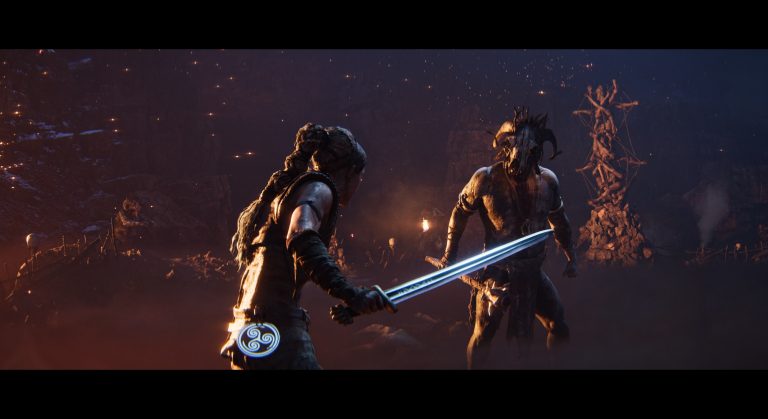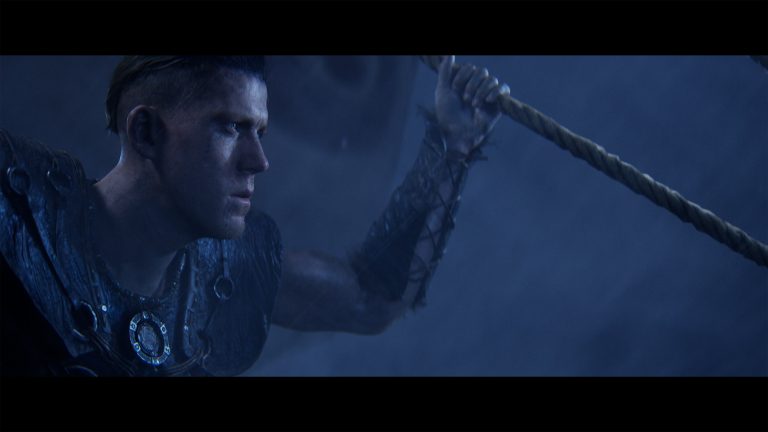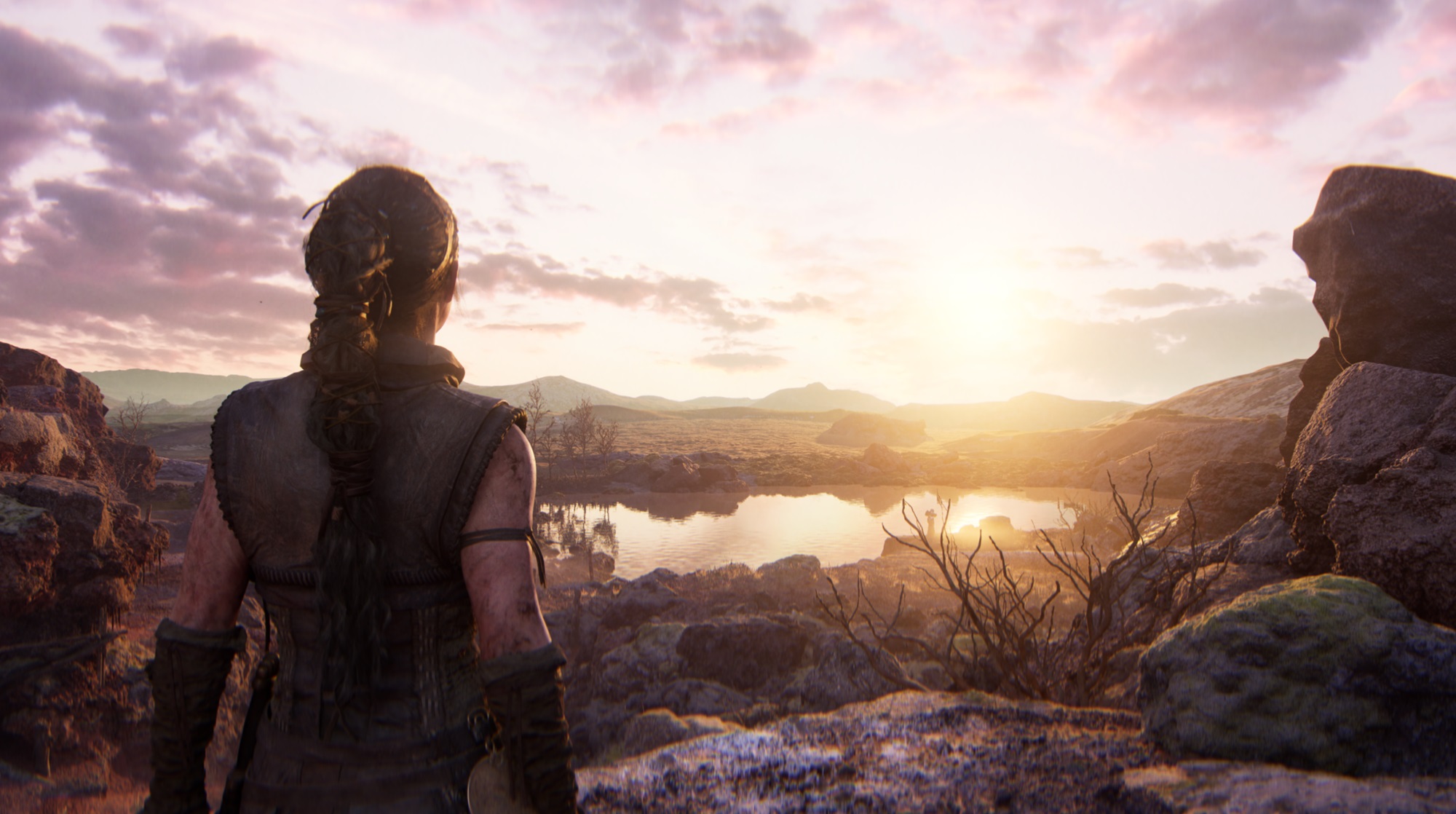Every so often, a game comes along that pushes the boundaries of what we thought possible in this medium. Ninja Theory’s savage 2017 action-adventure game Hellblade: Senua’s Sacrifice is one of those games, but its sequel learned all the right lessons from the original while raising the bar technically, visually, and narratively. As a result, Senua’s Saga: Hellblade II has transcended its predecessor to become one of the most affecting experiences of the generation.
Narratively, there are few studios even attempting to accomplish what Ninja Theory achieves in Hellblade II. Picking up shortly after the first game ended, the Pictish warrior Senua has willingly become a slave in order to infiltrate the land of the captors and free her people once and for all. But when she arrives in 10th-century Iceland, she discovers that her supposed enemies need her help to stop the unkillable giants from demolishing their homeland.

If you have played the first game, you know that Senua is living with psychosis. She hears and sees things that aren’t really there, and throughout the entire journey, you hear the voices in her head nagging her, tearing her down, expressing her fear, but also strengthening her resolve and pushing her forward. It’s unnerving but never annoying and presented with such empathy that it gives Senua far greater depth than the average video game hero.
Furthermore, I can count on one hand the number of live-action TV shows I’ve seen this year that could hold a candle to the acting on display throughout Senua’s Saga, from the bewitching, heartbreaking, award-worthy performance of Melina Juergens as Senua to the surprisingly and refreshingly vibrant supporting cast of Thórgestr, Fargrímr, and Ástríðr.
The presence of these companions adds a welcome layer to the storytelling, which the first game lacked. Giving Senua other fully realized characters to interact with raises the stakes while filling in what was often an empty, arid world in Hellblade 1.
As in the first game, your direct interaction with the world is relatively limited. When you aren’t watching cutscenes or exploring the game’s decidedly linear paths, you’re either solving puzzles or fighting enemies. The puzzles are a little more varied in the sequel but typically involve shifting the landscape to reach areas that look to be unreachable or searching for symbols hidden in the environment to unlock passages. Or sometimes both.
With few exceptions, these puzzles aren’t particularly challenging or rewarding. There’s nothing wrong with them, but they don’t make the best use of the jaw-droppingly gorgeous and realistic world that Ninja Theory has built. They fit thematically, but I spent most of the time solving the puzzles wishing I was advancing the story instead.
On the other hand, while combat is not mechanically complex, the setpiece battles punctuate some of the story’s most impactful moments. These battles look spectacular but almost always play out the same way, with Senua parrying and dodging until there’s an opening to strike a few times. Rinse and repeat. As with the rest of the game, the animations are smooth and exciting, but the battles feel more like a means to an end than a selling point.

The puzzles and combat failing to blow me away might seem like something of a dealbreaker in a game where those are the primary modes of interaction, but I would have easily spent another two dozen hours in Ninja Theory’s stunningly detailed recreation of Iceland without any monsters to defeat or puzzles to solve. There is not a single scene of this game that didn’t take my breath away, from the dark forests and the muddy roads to the snowy mountain trails and the endless, claustrophobic caverns. Layer a gripping, emotional story atop this virtual world, and you’ll be hard-pressed to find anyone who isn’t fully invested from the jump.
Hellblade II is a genuine triumph the likes of which any studio is fortunate to produce once in its existence. I can only hope Microsoft knows what it has in Ninja Theory and doesn’t add it to the pile of discarded studios that is sadly growing longer by the day.
Senua’s Saga: Hellblade II is out now on Windows PC and Xbox Series X/S. Xbox provided us with a copy of the game which we played on Xbox Series X for review.

